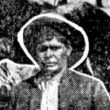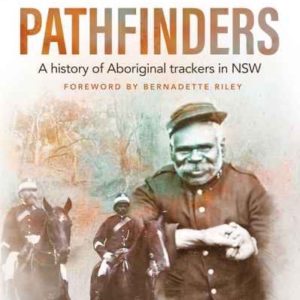Loading map...

Born at Mungindi in 1877, Charles Gilbert Moodie worked as a tracker for almost 50 years. He commenced service at Mungindi in 1905 and later worked at Garah and Gunnedah before leaving the Police in 1916. He rejoined as the tracker at Yetman in August 1928 and transferred to Gunnedah in December the following year, where he remained until retiring in July 1951. At Gunnedah, he and his family lived in the tracker’s hut behind the police station. His son, Oscar Moodie, was born at the Police Station in 1935. In July 1943, Moodie’s skill as a tracker was rewarded when he was promoted to Tracker 1st Class. His rank was further increased in March 1946 to Sergeant. A plaque honouring his contribution to the NSW Police hangs in the waiting room of the Gunnedah station. In 2014, a memorial garden was established on the site of the tracker’s hut, land now occupied by the Gunnedah Public School [ref]Interviews with Paul Moodie: Gunnedah, 21 April 2015; Redfern, 16 July 2008.[/ref].

 This website explores the history of Aboriginal trackers in NSW from 1862 when the current NSW Police Force was established through to 1973 when the last tracker, Norman Walford, retired. You can read about the lives of individual trackers and some of the incredible tracking feats they...
This website explores the history of Aboriginal trackers in NSW from 1862 when the current NSW Police Force was established through to 1973 when the last tracker, Norman Walford, retired. You can read about the lives of individual trackers and some of the incredible tracking feats they...

There were over 200 NSW police stations that employed Aboriginal trackers between 1862 and 1973. Many were concentrated in the central-west and north-west of the state, the agricultural and pastoral heartland of NSW. This is because one of the main jobs of trackers was to pursue sheep, cattle and horse thieves. Trackers sometimes lived in small huts out the back...
Learn More ►
Pathfinders book Pathfinders, A history of Aboriginal trackers in NSW, written by Dr Michael Bennett and published by NewSouth, is now available from all good bookstores. Click on the link below to order your copy. https://www.abbeys.com.au/book/pathfinders-a-history-of-aboriginal-trackers-in-nsw.do Early History Since the beginning of the colony, government agencies, explorers, surveyors and members of the general public called upon the tracking...
Learn More ►